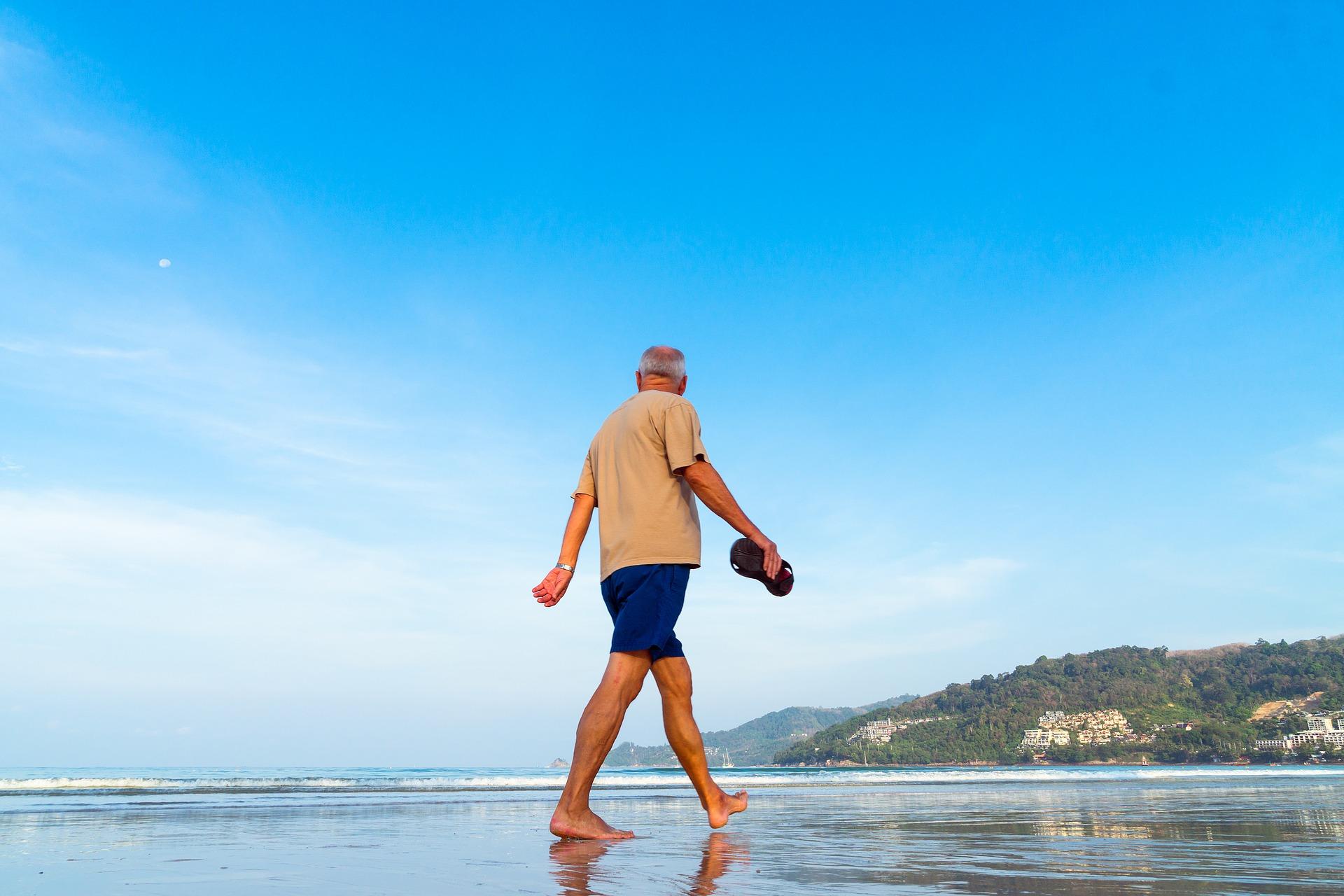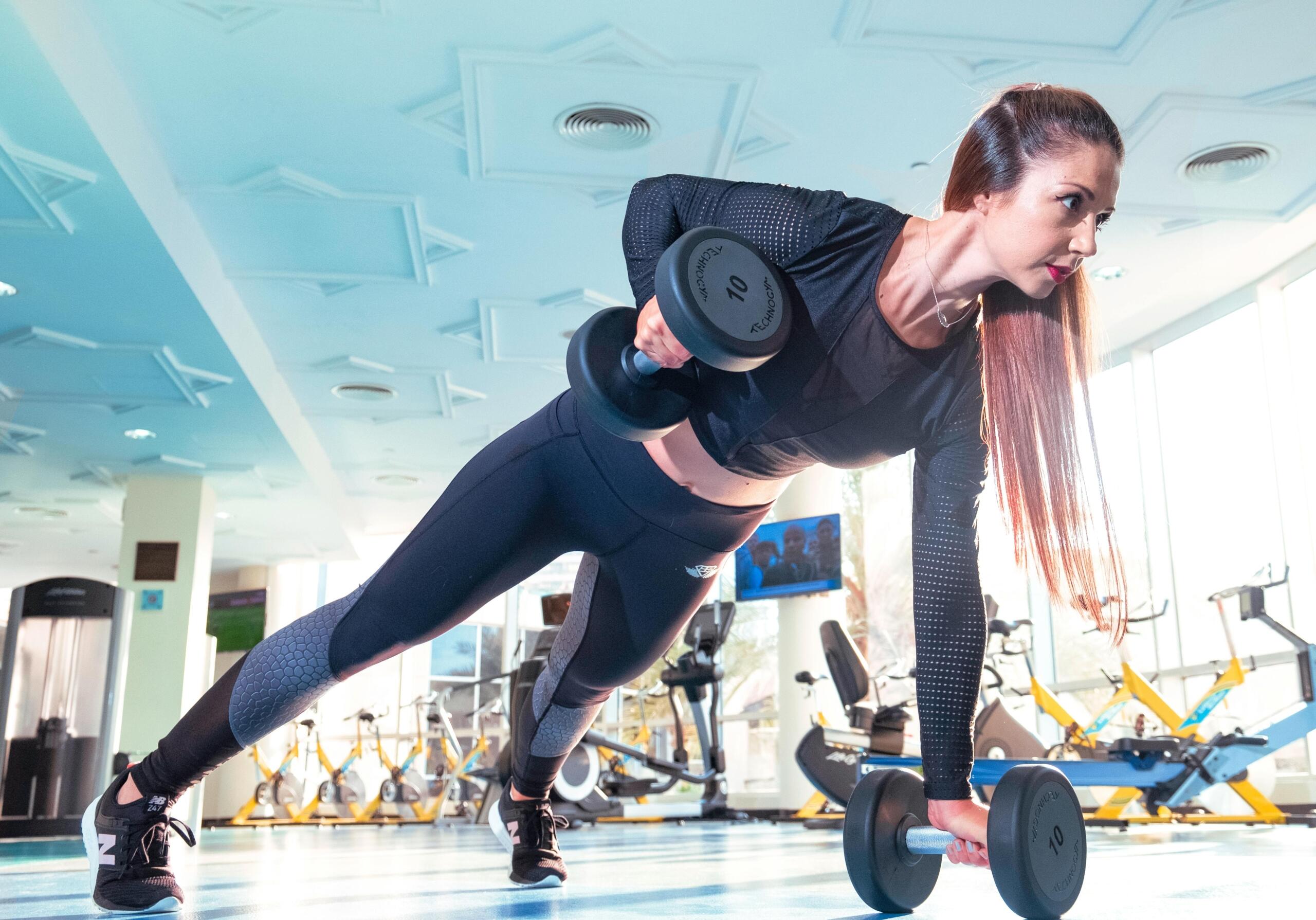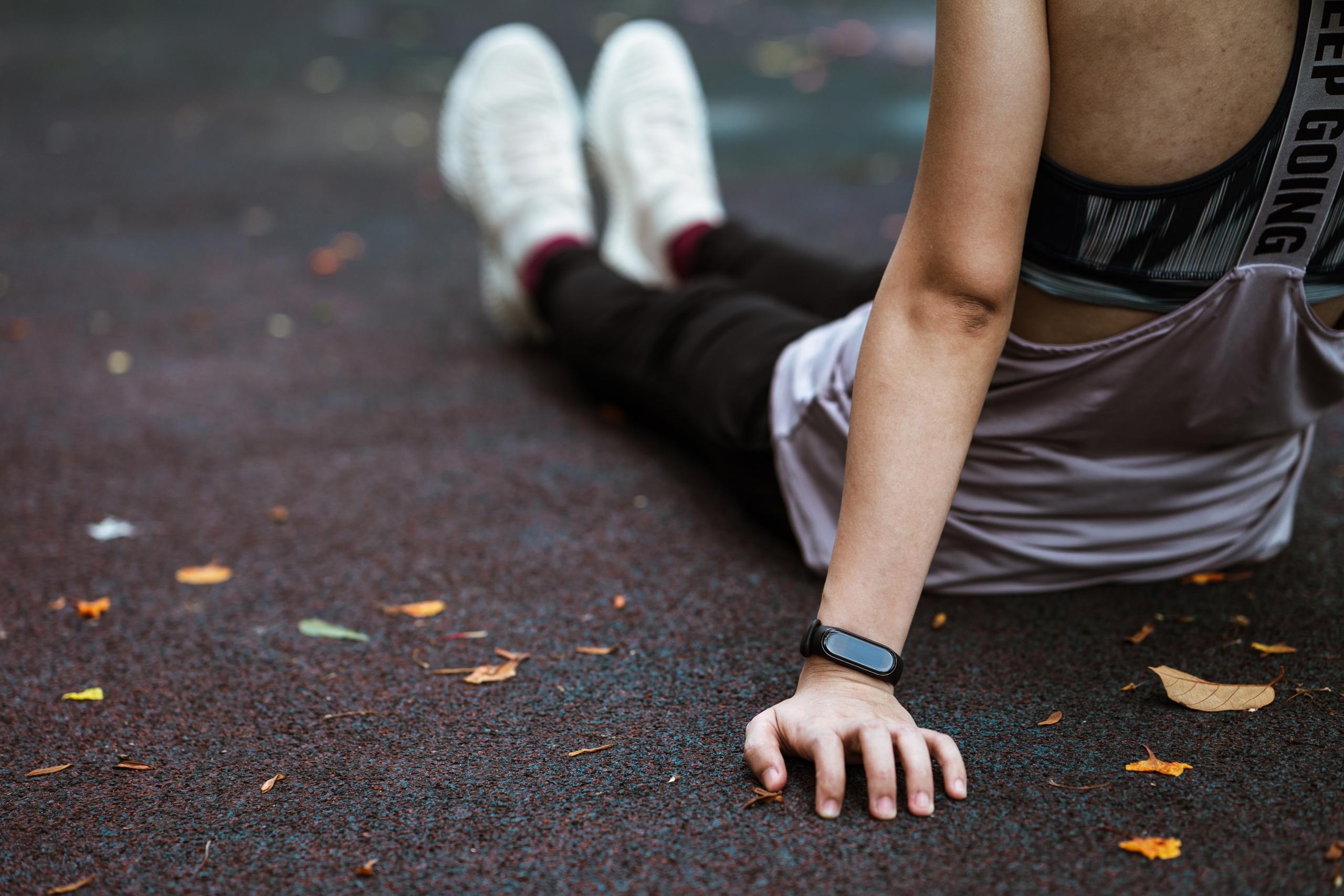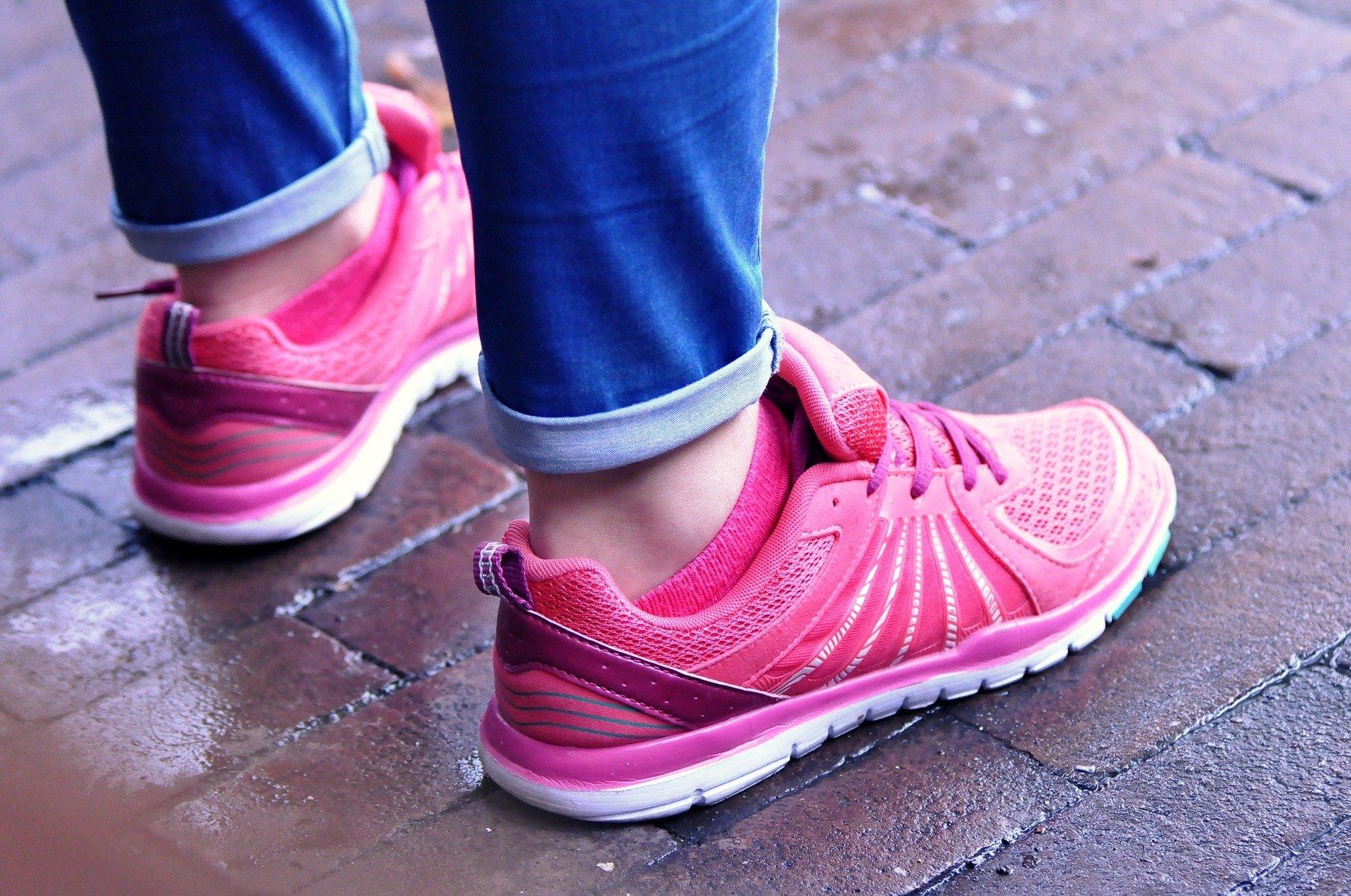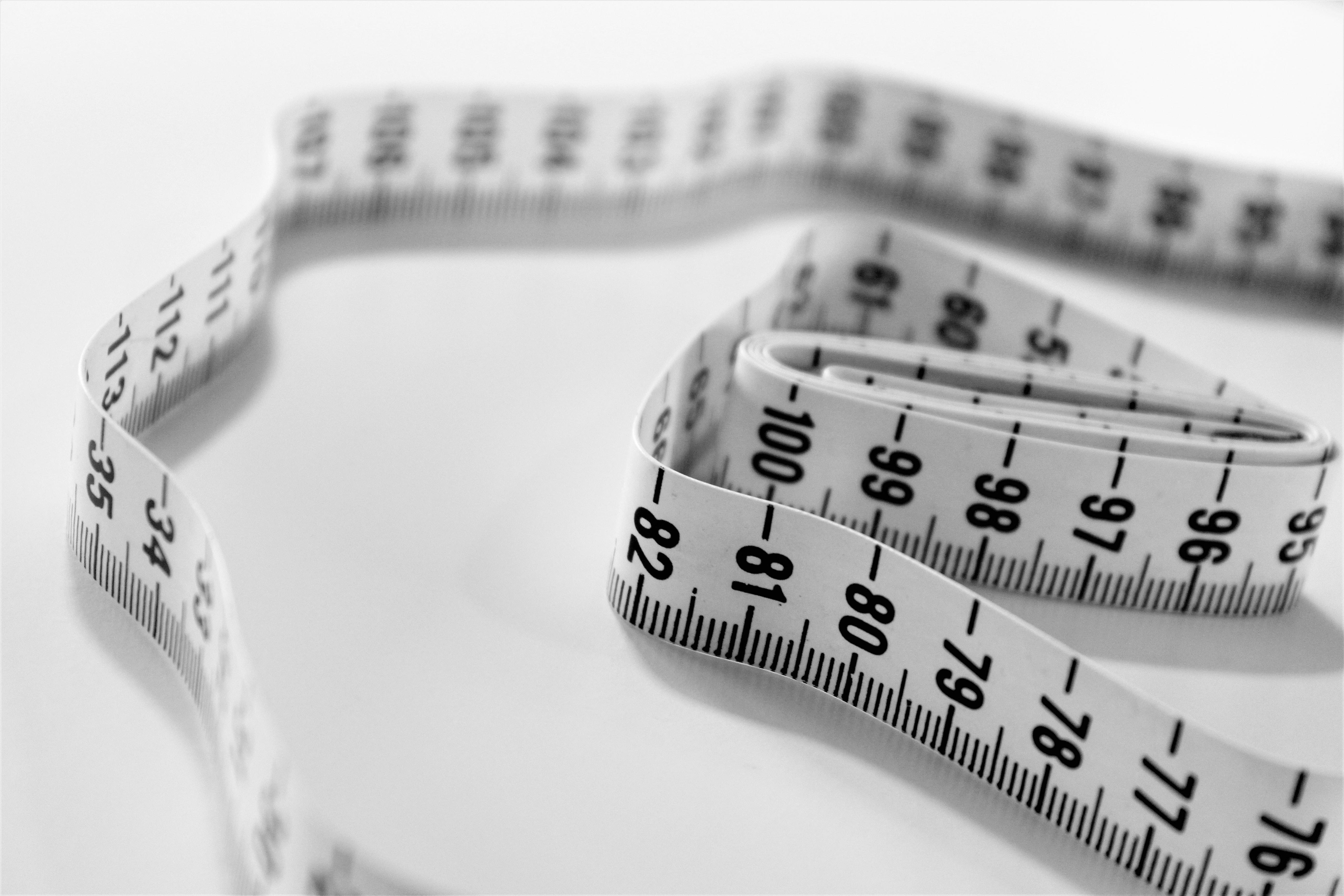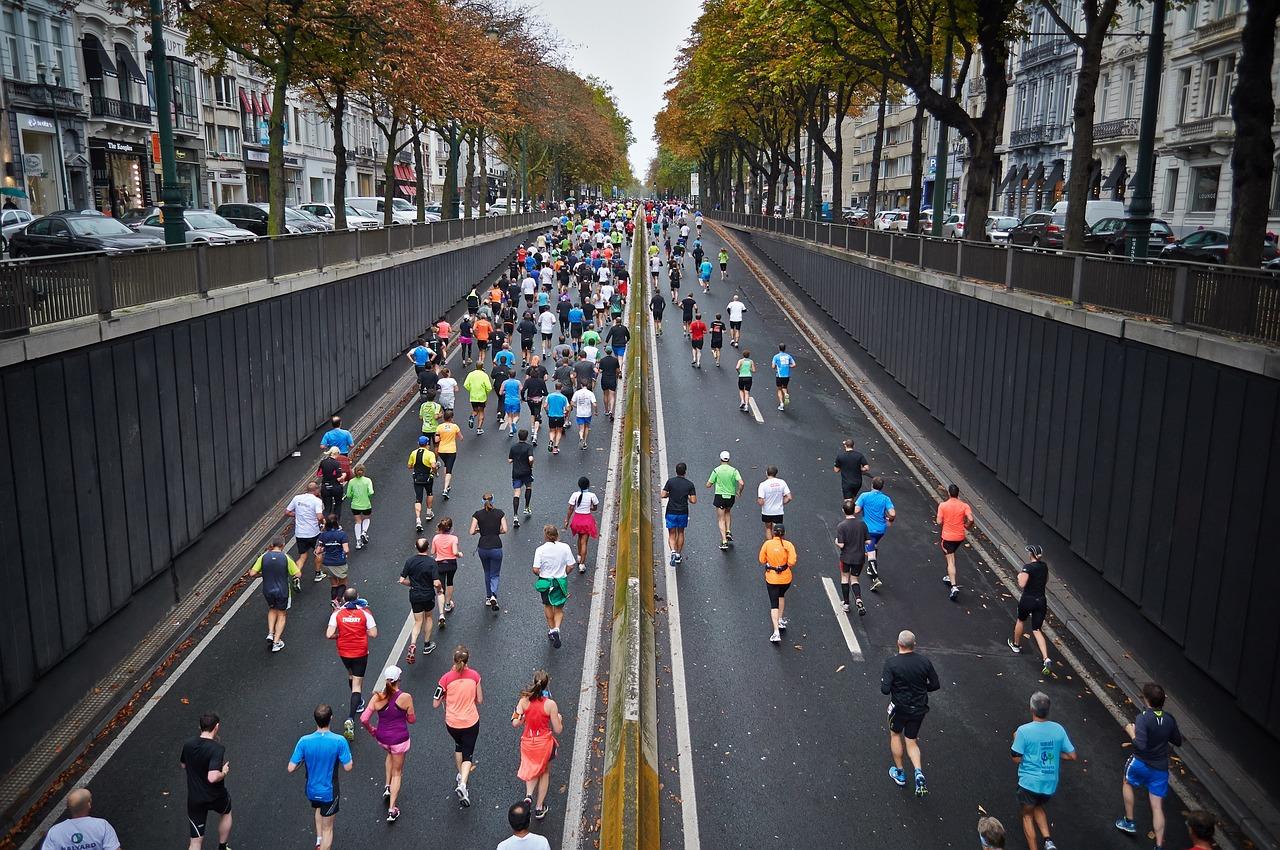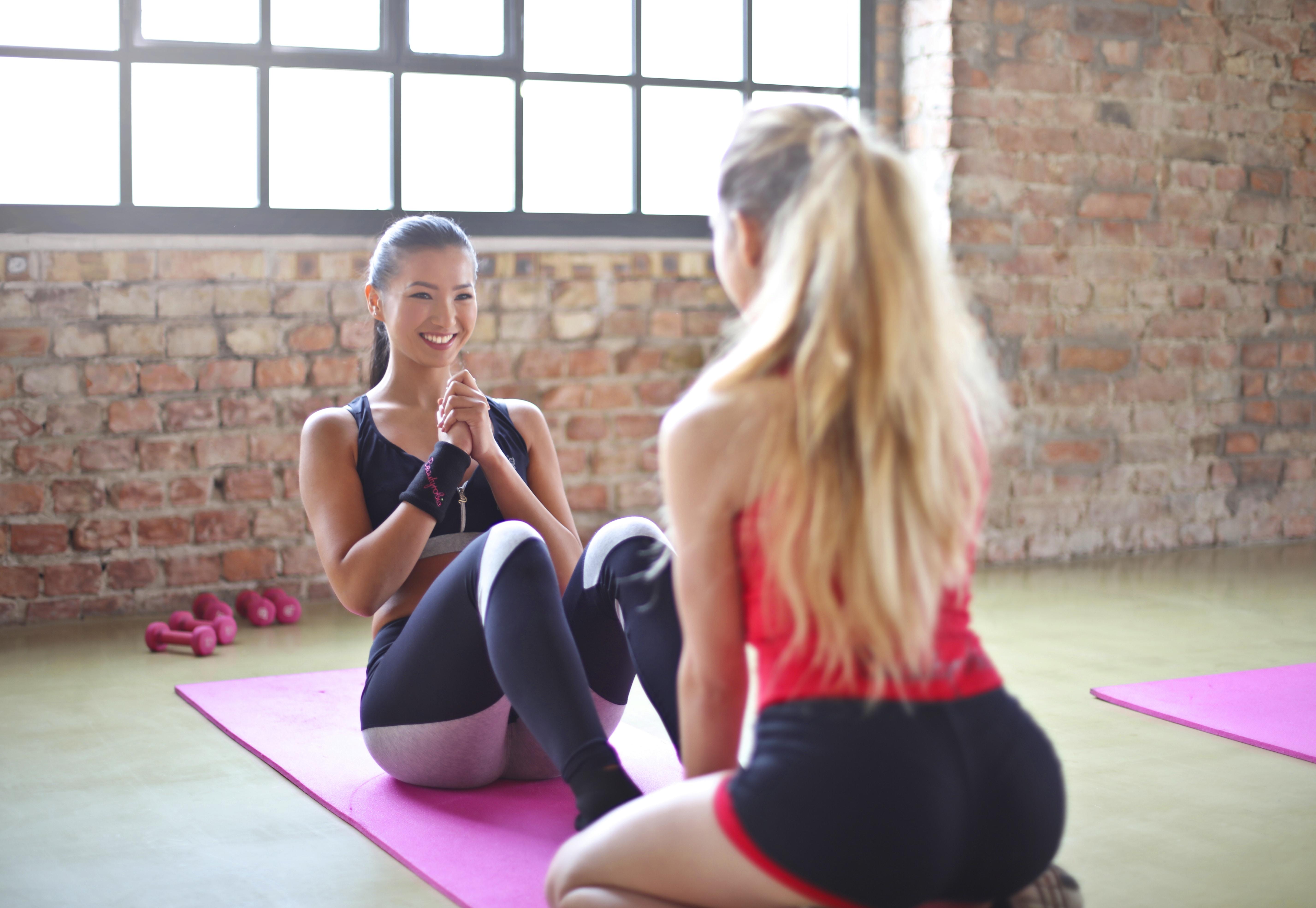“Age is an issue of mind over matter. If you don’t mind, it doesn’t matter.” – Mark Twain
Don’t let anyone tell you’re too old to exercise! Warn them that since you’re “over the hill”, you’re going downhill … and, therefore, becoming faster! Just kidding. Age should never be the factor that is used to skip exercising. Your current condition is the all-important issue, determining where you should start and how quickly you should progress.
While a good many people are still seriously keeping fit after 50, far fewer continue into their 60s. This number drops even further when people enter their 70s, when physical activity, adapted to their age group, could be most beneficial.
If you’re an older individual, who doesn’t know where to start, why not contact a personal trainer?
Get your feet wet by reading our exercise guide and find out why exercise is recommended for those over the age of 50.
This article looks at some of the best exercise routines for seniors and how they can maintain their fitness for many years to come. We also examine why exercise is recommended in later life and how you can adapt your workouts to stay healthy and active.

Exercises That are Suitable for Over-50s
There are a number of activities that are great and important for seniors, such as cardio, weights and stretching. As we grow older, our bodies tend to stiffen and weight-gain takes place far more easily. That should not, however, cause us to stop exercising!
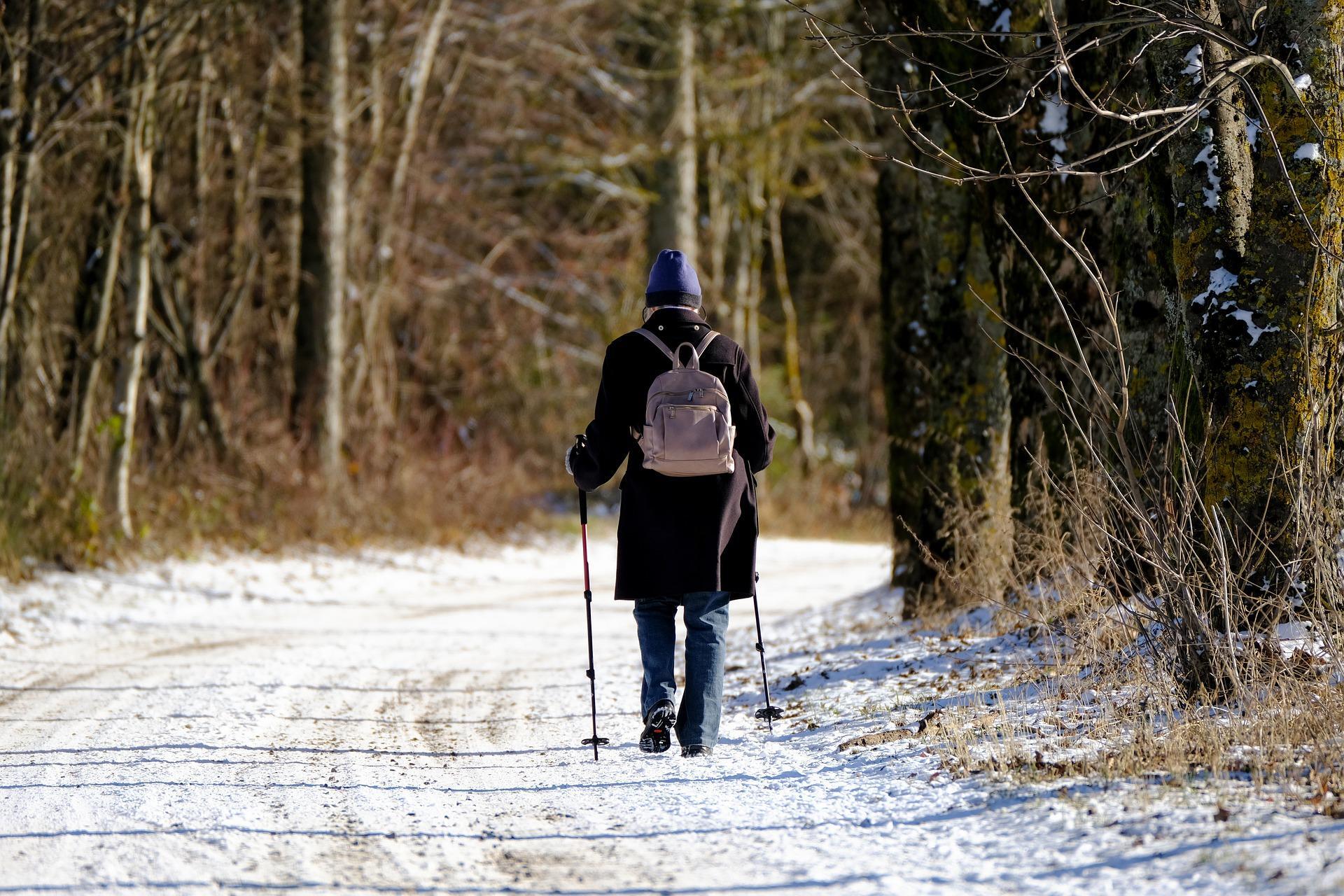
Ease yourself into your new course of exercises, especially if you haven’t been very active up to this point!
How do you know which exercises to choose?
- A good idea is to start with exercises that have a low-to-moderate intensity, such as walking or swimming or cycling, which are also low-impact activities.
- Warm up adequately before any exercise and, so, minimise the chance of injuring yourself.
- Remain hydrated. Ensure that you imbibe at least 1,5 litres of water daily, even though you may feel less thirsty, an experience common to seniors.
- Exercise every day. It does not have to be very intensive. So, try to walk regularly, do some cross-training or simply walk the dog, as long as you don’t stay home being physically inactive.
- Let your experience guide your choice of activities. If you were a physically active individual in your youth, it will be easy for you to pick up some of the exercises you did in your 50s. It is important to note that you must start slowly, in terms of intensity and number of repeats, if you wish to avoid injury.
- If you never participated as an athlete during your school years, then it would be best for you to lay off contact sports and high-intensity activities.
Depending on what you seek to gain from your exercise, there are several choices at your disposal:
- To lose weight and improve your cardio-vascular endurance (cardio) focus your attention on hiking, aquabike, Nordic walking and cycling.
- To work on flexibility and balance, participate in activities such as light aerobic sessions, yoga, Pilates, Tai Chi, dancing, golf, etc.
Experts, generally, recommend the completion of two different types of activities: one for flexibility, the other for cardio. It is very important to consult your GP before you commence with your desired programme.
Even if you consider yourself to be in good health, the physical activities you participate in must be chosen with your overall level of fitness and health in mind. Ease yourself into your new training regime. Don’t overdo things! Focus on being active for at least 30 minutes daily, as opposed to feeling good and doing too much cardio or strength training too soon.
Why is Exercising Later in Life Important?
Exercise in your 50s, done on a regular basis, holds numerous benefits for one’s mental and physical well-being. It is a great way to stay in shape and feel young and spritely.
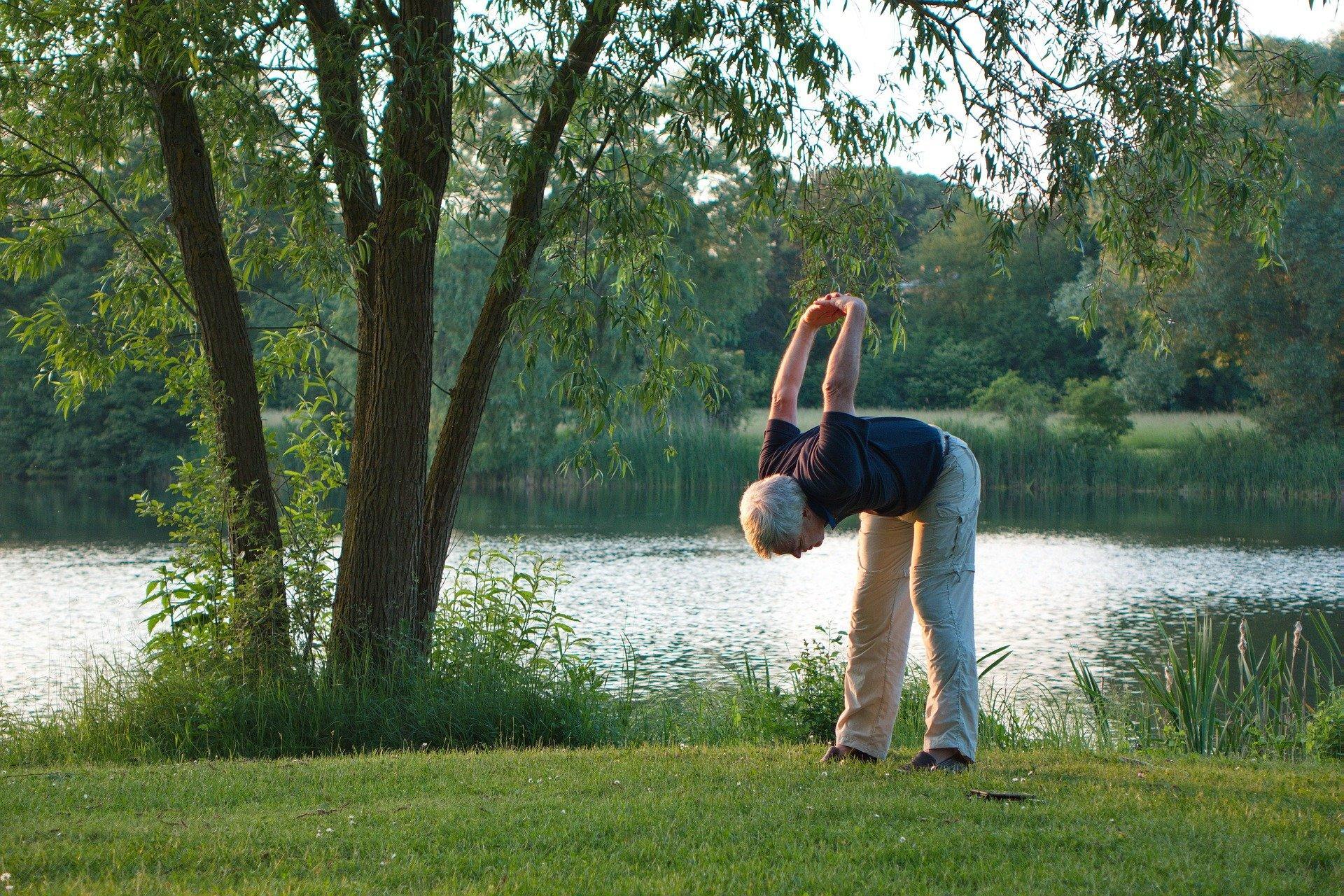
Below are a raft of brilliant reasons to continue with exercise in your 50s and beyond:
- Counter premature ageing
- Improved sleep
- Less anxiety
- Reduced cholesterol levels
- Improved immune system
- Build muscle and avoid falls
- Reduce the risk of cardio-vascular disease
- Avoid or minimise the effects of arthritis
- Tone muscle
- Better life expectancy
- Reduce the risk of diabetes and obesity
- Limit cognitive decline
- Reduced reliance on medication
- Better mental health
- Improved social life
- Greater lung capacity
- Reduced stress and better mood
- Improved immune system
Don’t buy it?
Exercising is beneficial for both the body and the mind. It can include playing a sport or taking care of a grandchild. Get to it and you may be surprised to find that you actually have quite an appetite for it.
How Best Can Senior Folks Exercise?
So, you’ve made up your mind to dive in. Right?
What are your options?

One way of keeping fit after 50 is to enrol at a gym and seek advice from the staff there. There, you could participate in classes, or you could approach a personal trainer for advice and guidance.
Very importantly, on the other hand, your training sessions with a personal coach will be supervised. Not only that! Your programme is specifically designed for you, focussing on the goals that you and your coach have identified. Cardio and strength will, of course, receive a lot of attention.
Participating in a group class is great, because you’re not alone. The other members of the group will keep you motivated. A group also creates the opportunity for meeting new people, some of who you may click with over your shared interest in achieving improved fitness and, ultimately, better health.
There is a lot to work on! Just to recap, your focus will generally be strength, cardio, and flexibility.
You can also consider joining a club and participate in:
- Running
- Swimming
- Cycling
- Dance, Tai Chi or yoga
- Golf
You will, in all probability, find that there are group sessions at one of these clubs and they may organise excursions and activities according to members’ availability.
You can also utilise the Internet and sites like YouTube in particular, to view videos which show workouts for senior folks. It is very important to slowly become conversant with the exercises you wish to engage in first, so as to avoid over-exertion and injury.
Another wonderful option is to locate a personal trainer via the Superprof portal. It is recommended that you engage with a trainer who has experience in training older, more senior athletes.
The personal coach will assess your overall fitness level and state of health before creating a programme which is custom-made for you. You’ll soon be feeling like a million bucks and inviting friends to join in!
What Do Workouts for Over 50s Look Like?
We can, obviously, not predict exactly what you’ll be doing in each training session. That will depend on the activity or sport that you have in mind. However, almost any workout will include:
- A period of warming up
- Exercise
- Cooling down and stretching
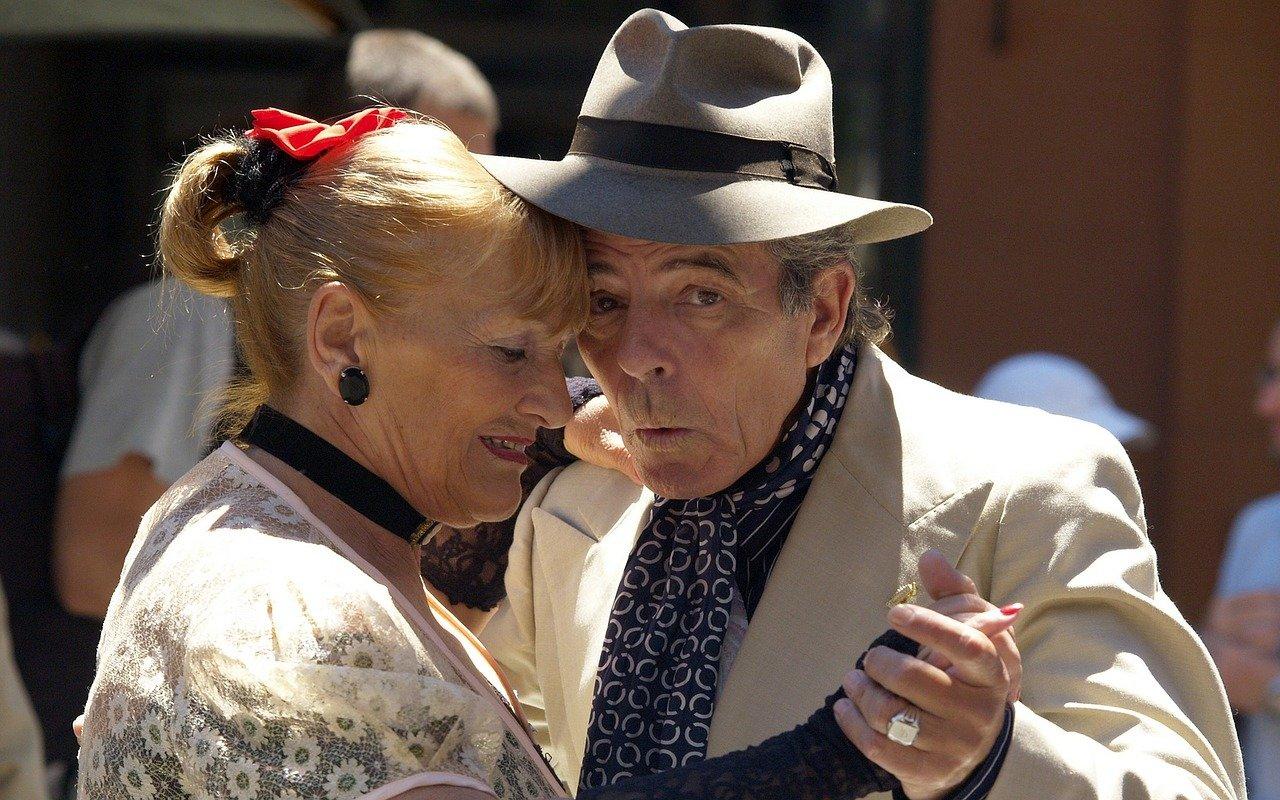
Warming up before exercising is very important, especially for anyone over the age of 50.the human body gets stiffer over time. Although your exercise programme has been adapted, you’ll have to warm up yourself up first - your muscles and joints and muscles in particular. It is recommended that you commence with your upper body.
Warming up correctly will also increase your heart-rate, which is good, when done gradually. Walk about in the house a bit, do some jumping jacks or jog on the spot. When you exercise in your 50s, it is preferable to set aside at least 10 minutes for a good warm up!
Now you’re ready to move to move onto the main part of your training session which may include working out, cardio or flexibility exercises (e.g. yoga). The session can carry on for anywhere between15 and 45 minutes, depending on your fitness level and the combination of exercises.
If you stay the course, you will progress, whether you’ve always been athlete or are just exercising for the first time.
A cool down session, at the end, is also crucially important. To minimise post-exercise muscle stiffness, you would, ideally, focus attention on the muscles used during your exercise session. There are a number of ways to do this.
Do stop, however, if you experience severe pain. It is quite normal to experience a bit of discomfort in your muscles when stretching. The pain should, however, not be sharp or sudden.
If you’re still a bit undecided as to how to go get started, contact one of the wonderful and responsive pro’s at Superprof. They will quickly check you out and hook you up with the best plan for you, taking into account your current physical condition, lifestyle and budget.
You really need to follow your heart when it comes to deciding on one-on-one coaching sessions as opposed to group sessions.
Personalised sessions work well for someone who prefers to avoid groups or crowds, as much as possible and they may help you push the envelop in terms of the types of exercises that you may attempt. Since your coach is always at hand to monitor your progress and advise you on how rapidly to up the pace, this form of coaching is actually cost-effective. You’ll avoid doing anything unnecessary and any injuries, which may, otherwise, have set you back.
On a tight budget? Consider group coaching sessions. You’ll have plenty of support from those in the class who will also help to keep you motivated. Amazingly, you’ll be exercising and socialising at the same time.
Superprof has a number of great coaches for you to choose from, many of them offering the first coaching session at no charge to you. You can even try out more than one before making your final choice!
Get to it! The ball’s in your (over 50s) court!

